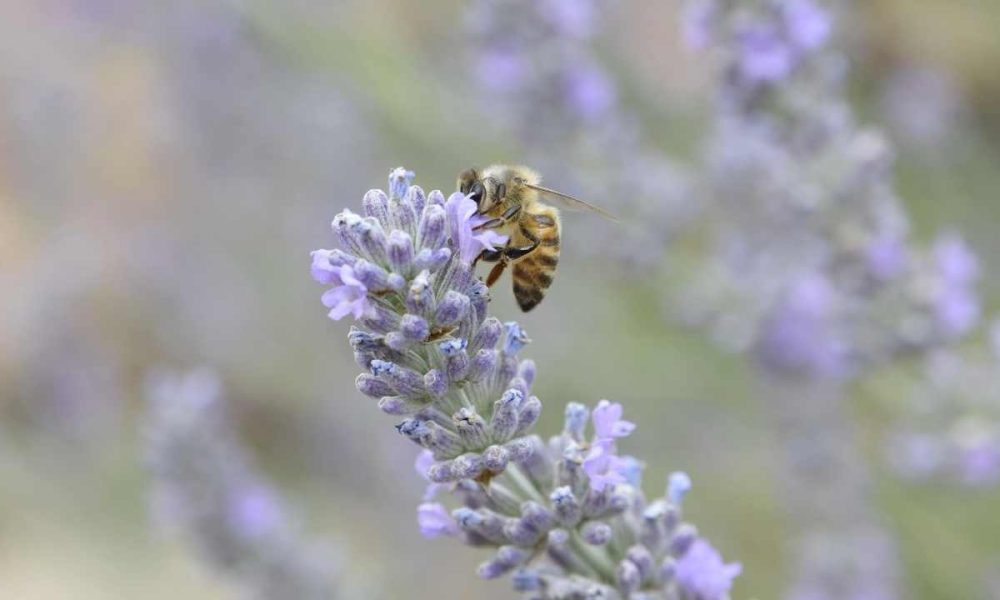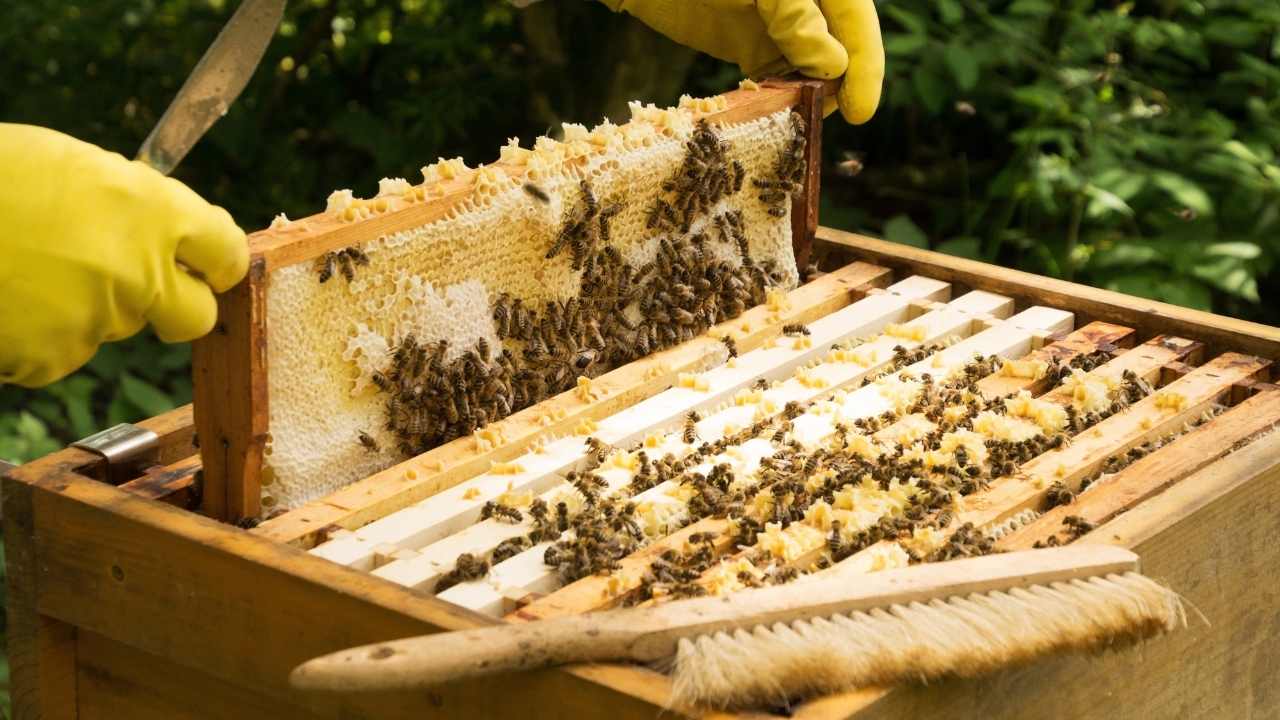
Hey there! Have you ever considered the impact that bees have on our environment and food supply? Bees are responsible for pollinating a significant portion of plants, including many crops that we rely on for sustenance. In fact, around one-third of all the food we eat is dependent on bee pollination.
However, not all bees are created equal in terms of their contribution to our ecosystem. Native bee species play a particularly important role in maintaining biodiversity and supporting local ecosystems. That’s why programs like Bee Local have been developed to help people discover and appreciate these vital creatures while also taking action to support their populations. Let’s take a closer look at what Bee Local is all about and how it can benefit both bees and humans alike.
Understanding the Importance of Bees in Our Ecosystem
You may not realize it, but bees play a crucial role in maintaining the balance of our ecosystem. Bees are responsible for pollinating crops that provide us with food, such as apples, blueberries, and almonds. Without bees, these crops would not produce fruit. In fact, approximately one-third of all the food we eat relies on bee pollination! Therefore, understanding their importance can help us better appreciate the delicate interconnectedness of all living things.
Bees also play an essential role in agriculture by contributing to crop yields and quality. Farmers rely heavily on bees to pollinate their crops so that they can produce larger and more abundant harvests. However, bee populations have been declining due to various threats such as habitat loss, pesticide use, and climate change. It is crucial to take action before it’s too late because without bees; our food supply could be at risk. Now let’s explore the diversity of native bee species and how they contribute to our ecosystem.
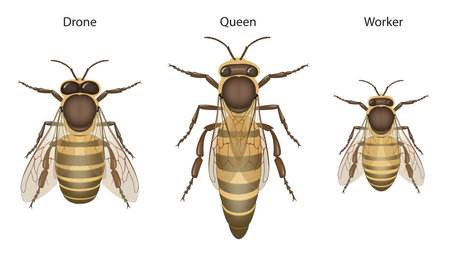
The Diversity of Native Bee Species
You’re about to discover the incredible diversity of native bee species. Get ready to learn about their unique types, characteristics, and behaviors. From tiny sweat bees to bumblebees, each species has fascinating features that contribute to our ecosystem in their own way.
Types of Native Bees
Understanding the various types of native bees is crucial in developing an appreciation for the role they play in our ecosystem. Here are some types of native bees that you might find interesting:
- Solitary Bees: Unlike honeybees, solitary bees do not live in colonies. They nest alone and each female bee takes care of her own offspring. Some examples include mason bees and leafcutter bees.
- Bumblebees: These large and fuzzy bees are important pollinators for many plants. They live in small colonies with a few dozen individuals and can be identified by their black and yellow stripes.
In addition to these two types of bees, there are also sweat bees, carpenter bees, mining bees, and more! Each type has its own unique characteristics and behaviors that make them important contributors to our environment’s health. As we continue to learn about bee species diversity through bee conservation efforts, we can better understand how to protect these valuable creatures from extinction.
Now that you know about the different types of native bees, let’s dive deeper into their characteristics and behaviors.

Characteristics and Behaviors
Let’s take a closer look at the fascinating world of these buzzing creatures and uncover their unique traits and habits. Native bees come in various shapes, sizes, and colors. They differ from honeybees in that they are solitary and don’t produce honey or wax. However, they play a crucial role in pollination by visiting flowers to collect nectar and pollen for their young ones.
Native bees have diverse nesting behaviors too. Some burrow into the ground while others use hollow plant stems or pre-existing holes made by wood-boring beetles. Others make nests out of mud or resin-like substances secreted from glands on their abdomen. These nesting behaviors help support their offspring’s growth until they emerge as adult bees ready to repeat the cycle. Understanding these characteristics can help us better appreciate native bees and why it is important to protect them.
As you learn more about native bee species’ characteristics and behaviors, you may wonder how Bee Local works to promote their conservation.
How Bee Local Works
If you’re interested in helping protect native bee populations, Bee Local is a great place to start. This citizen science project allows you to collect data on local bee species and contribute to important research. Additionally, planting bee-friendly gardens can provide essential habitat for these pollinators, while education and outreach efforts can help raise awareness about the importance of protecting native bees.
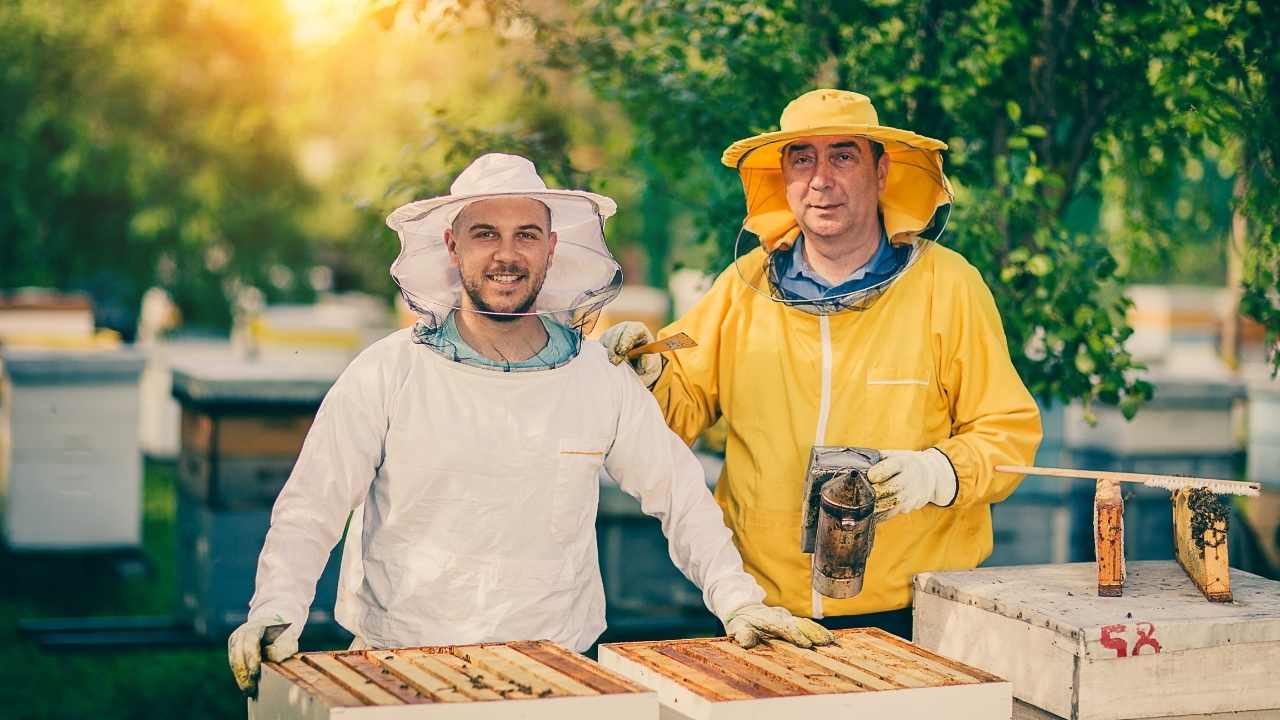
Citizen Science Projects
You can get involved in citizen science projects that allow you to contribute valuable data and observations about native bee species. These projects are a great way for individuals to engage with their communities and make a positive impact on the environment. By participating in these projects, you can help researchers better understand the behavior and diversity of native bees.
One example of a citizen science project is the Great Sunflower Project, which asks participants to monitor bee activity by observing and recording data on sunflowers planted in their gardens. Another project is Bumble Bee Watch, which allows participants to submit photos and locations of bumble bees they observe in their area. These contributions can help scientists track changes in bee populations over time and identify areas that may need conservation efforts. By participating in these citizen science projects, you are helping to protect our native bee species and promoting community engagement.
Getting involved in citizen science projects is just one way to support native bees. Another important step you can take is planting bee-friendly gardens. By providing food sources for bees through nectar-rich flowers, you are creating habitats that support pollinator populations. This also helps promote biodiversity within your community’s ecosystem. So whether it’s monitoring bee activity or planting a garden, there are many ways to get involved in protecting our native bees!
Planting Bee-Friendly Gardens
Now that you have learned about citizen science projects, it’s time to take action and create your own pollinator habitat! One of the simplest ways to do this is by planting a bee-friendly garden. Garden design plays an important role in attracting native bees as they require specific types of flowers and plants for food and shelter.
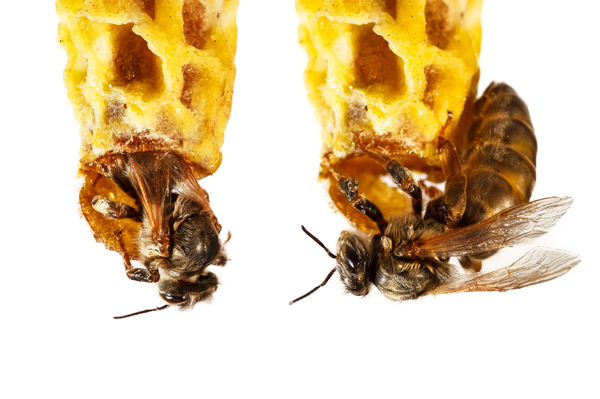
When designing your garden, consider including a variety of native flowering plants with different bloom times to provide a year-round food source. Choose brightly colored flowers that are easy for bees to see and avoid using pesticides or herbicides which can harm these important pollinators. You can also incorporate features like bee houses or water sources to further encourage them to visit your garden.
By creating a pollinator habitat in your own backyard, you are not only helping native bee species but also contributing to the health of our ecosystem. So roll up your sleeves, get out there and start planting! In the next section, we will explore how education and outreach play a vital role in raising awareness about the importance of protecting our native bees.
Education and Outreach
In this section, let’s explore how spreading knowledge about the vital role of pollinators is like planting seeds that can blossom into a healthier ecosystem for all. Engaging activities and interactive workshops are excellent ways to educate people on the importance of native bee species. You can organize a fun and informative event in your community, inviting experts to give talks and demos on bees’ roles in nature.
To make learning more exciting, you can conduct games and quizzes that test people’s knowledge of native bee species. You can also create art installations or exhibits showcasing bee habitats, behaviors, and their contributions to our ecosystem. These activities will help raise awareness about the plight of bees while encouraging people to take action to protect them.
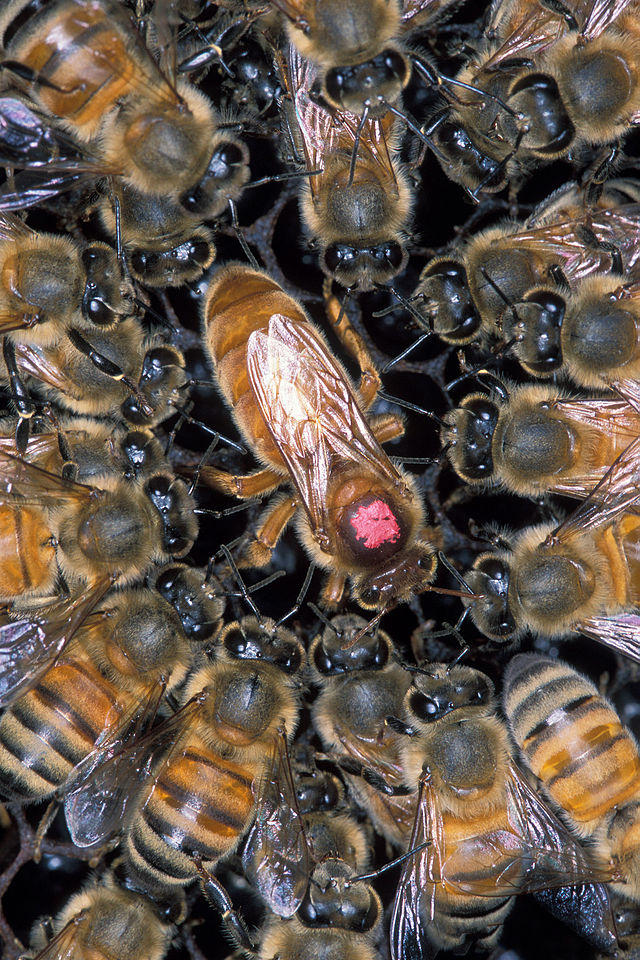
By promoting education and outreach programs focused on supporting native bee species, you’re helping create a more sustainable world for everyone. In the next section, we’ll see how supporting these essential pollinators benefits not just bees but also humans and other living organisms in our environment.
Benefits of Supporting Native Bee Species
When you support native bee species, you help increase crop yield since they are efficient pollinators. Additionally, promoting these bees helps in biodiversity conservation by preserving their habitats and ensuring their survival. Moreover, supporting native bees also contributes to a healthier ecosystem as they play a crucial role in maintaining the balance of food chains and regulating plant growth.
Increased Crop Yield
By actively promoting the natural pollination process, you can significantly increase your crop yield. Native bee species provide essential pollination services to crops, resulting in increased fruit set and larger yields. Studies have shown that fields with diverse populations of native bees produce up to 300% more fruit compared to those relying solely on honeybees or other non-native pollinators. This is because native bees are adapted to local plants and flowers, leading to more efficient and effective pollination.
In addition to boosting crop yields, supporting native bee species also contributes to biodiversity conservation. By providing habitat for these important pollinators, you are helping to maintain a healthy ecosystem that supports a variety of plant and animal life. Not only does this benefit the environment as a whole, but it also provides farmers with additional benefits such as pest control, nutrient cycling, and soil health. So by choosing to support native bee populations on your farm, you are not only benefiting yourself but also contributing towards a healthier and more sustainable planet overall.

Biodiversity Conservation
Supporting the conservation of diverse plant and animal life on your farm by promoting a healthy ecosystem is crucial for maintaining a sustainable environment. One way to do this is by appreciating and protecting local bee species. Bees play an essential role in pollinating crops, but they also contribute to biodiversity conservation. Here are three reasons why community involvement in protecting bees is important:
- Bees are threatened: Overuse of pesticides, habitat destruction, climate change, and diseases have caused declines in bee populations worldwide.
- Protecting bees promotes food security: Without bees, many crops would not produce fruits or seeds, leading to reduced yields and higher prices.
- Local bee species support ecosystem health: Native bees play a vital role in preserving habitats and supporting other wildlife.
By taking steps to protect local bee populations, you can help maintain ecosystem health on your farm. This includes creating habitats with native plants that provide food sources for bees year-round, reducing pesticide use, supporting research on bee behavior and ecology, and educating others about the importance of protecting these vital pollinators.
Ecosystem Health
To maintain a sustainable environment on your farm, it’s crucial to prioritize ecosystem health in order to support the diverse plant and animal life that call it home. One way to do this is by measuring the impact of human activities on the ecosystem, such as pesticide use or land development. By understanding these impacts, you can take action to minimize negative effects and promote conservation efforts.
Conservation efforts can include restoring natural habitats, planting native species, and supporting pollinator populations like bees. By improving ecosystem health through these actions, you not only benefit the environment but also improve crop yields and overall farm productivity. To learn more about how you can get involved with bee local and contribute to conservation efforts for native bee species, read on for some ideas.
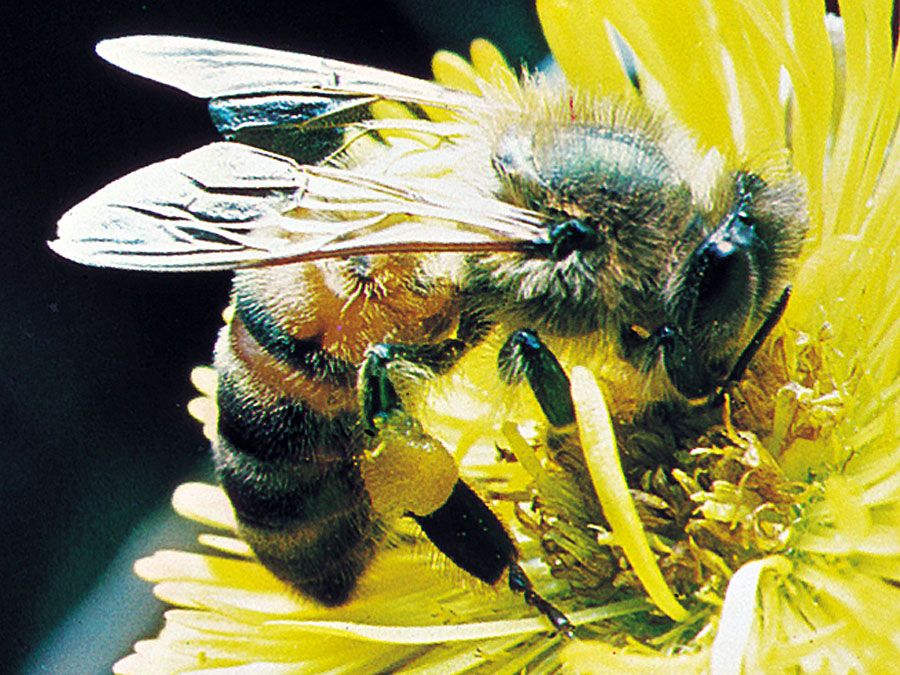
Ways to Get Involved with Bee Local
If you’re looking for ways to get involved with Bee Local, there are three key points to consider. First, finding Citizen Science Projects allows you to contribute to research efforts while learning more about local bee species. Second, creating a Bee-Friendly Garden in your own backyard can provide a habitat and food source for native bees. And finally, supporting Local Beekeepers by purchasing their honey and products can help sustain the beekeeping industry and promote awareness of the importance of bees in our ecosystem.
Finding Citizen Science Projects
You can easily find projects where you can help scientists collect data on bee populations and contribute to the conservation of these important pollinators. Finding opportunities to get involved in citizen science projects is as easy as conducting a quick online search. There are many organizations that engage communities in collecting data on bee populations, promoting conservation efforts, and raising awareness about the importance of bees.
By contributing data to these initiatives, you can make a significant impact on the health and well-being of local bee populations. You can also gain valuable knowledge about native bees, their habitats, and how they interact with other species in your area. After all, knowing more about these fascinating creatures is just another step towards creating bee-friendly gardens that support healthy ecosystems for generations to come.
Creating Bee-Friendly Gardens
Developing gardens that support the health and well-being of pollinators is an essential step towards establishing sustainable ecosystems. Garden design plays a crucial role in attracting bees to your garden. Plants should be arranged in clusters, with enough space for bees to move around freely. A variety of plant species that bloom at different times will provide food sources for bees throughout the year.

Plant selection is also important when designing a bee-friendly garden. Native plants are better suited for local bee populations as they have evolved together over time and provide the necessary nutrients and shelter that bees need. Avoid using pesticides or chemicals that can harm pollinators, and instead opt for organic methods to control pests.
Creating a bee-friendly garden is just one way to support the health of our native bee populations. Supporting local beekeepers is another crucial step in protecting these vital creatures and their habitats.
Supporting Local Beekeepers
Get ready to dive into the sweet world of honey and support your community at the same time, like taking a bite out of a warm chocolate chip cookie fresh from the oven. Supporting local beekeepers is not only good for your taste buds but also for your community’s economy, environment, and education. Here are three ways you can engage with your local beekeepers:
- Buy local honey: Not only does buying local honey support small businesses in your area, but it also helps the environment by reducing transportation emissions. Plus, local honey is often fresher and tastier than mass-produced varieties.
- Attend a beekeeping workshop: Many local beekeepers offer workshops or classes that teach the basics of beekeeping and how to sustainably care for bees. By attending these events, you can learn about the importance of bees in our ecosystem while supporting community education efforts.
- Volunteer at a beehive: If you’re feeling adventurous, consider volunteering at a nearby beehive! Beekeepers rely on volunteers to help with tasks such as hive inspections, honey extraction, and general maintenance.
By supporting local beekeepers through these activities, you are not only enjoying delicious honey but also contributing to important community engagement efforts.
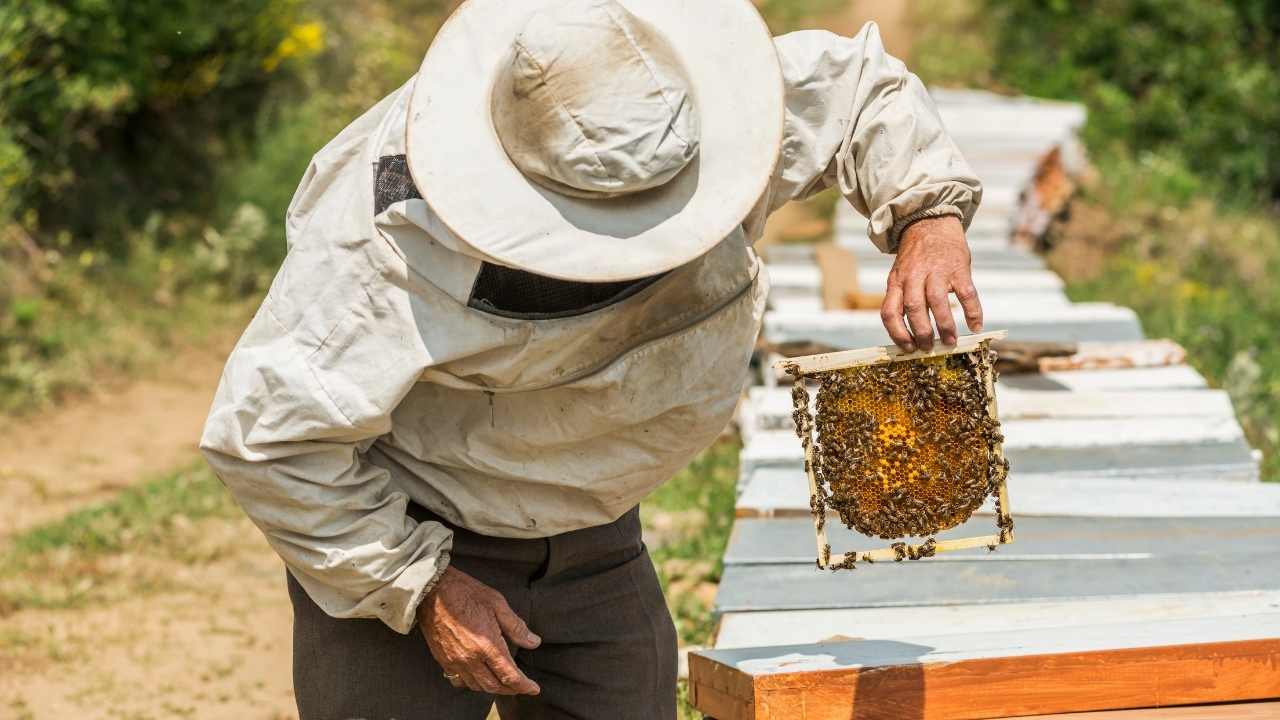
As you become more involved in supporting local bees and their keepers, consider spreading awareness about their importance to inspire change in others. Help educate others about how they can make an impact by creating bee-friendly gardens or purchasing locally-sourced products that support sustainable practices. Together we can make a difference in preserving these crucial pollinators for future generations!
Spreading Awareness and Inspiring Change
You’ll be amazed at the impact you can make on the environment by simply spreading awareness about the importance of preserving our local ecosystems and inspiring others to do the same. One way to spread awareness is through community involvement, such as organizing events or workshops that educate people about native bee species and their role in our ecosystem. You can also start social media campaigns that promote these events, share information about local beekeepers and their products, and encourage people to take small actions like planting flowers that support bees.
Another effective way to inspire change is by leading by example. If you prioritize buying locally sourced honey or products from local beekeepers, others may follow suit. Additionally, by making small changes in your own lifestyle such as reducing pesticide use in your garden or supporting sustainable agriculture practices, you can show others how easy it is to make a positive impact on our environment. By taking these steps and sharing your knowledge with others, you can help preserve our local ecosystems for generations to come.
Frequently Asked Questions
How do native bee species differ from non-native bee species?
When it comes to native versus non-native bee species, there are some key differences in behavior and habitat preferences. Native bees have evolved to thrive in their specific environments, which means they tend to be better adapted to the local flora and weather patterns. They also have unique behavioral characteristics that allow them to effectively pollinate certain plants, such as buzz pollination, which shakes pollen loose from flowers. Non-native bees, on the other hand, may not have these adaptations or behaviors and can sometimes outcompete native species for resources. Understanding these differences can help us appreciate and protect our native bee populations.
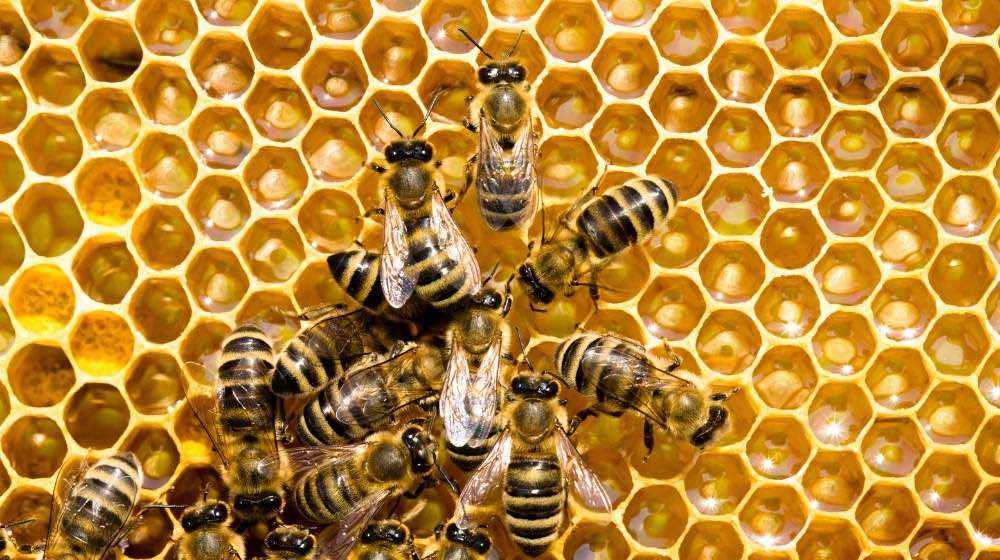
Are there any risks associated with attracting native bee species to your garden or property?
Attracting native bee species to your garden or property can be a great way to support local biodiversity, but it’s important to be aware of the potential risks. Bee venom is a concern for those who are allergic, and if you or someone in your household has a known allergy to bees, it may not be worth the risk. However, it’s important to note that most native bees are not aggressive and will only sting if provoked. If you’re unsure about the risk of bee allergies in your household, consult with an allergist before attracting native bees to your property.
Can native bee species be kept in hives like honeybees?
If you’re interested in Native Bee conservation, you may be wondering if they can be kept in hives like honeybees. While it is possible to keep some species of native bees in artificial hives, most do not thrive in these structures. Instead, alternative habitats such as bee hotels or nesting boxes are a better option for encouraging native bee populations. These structures provide shelter and protection for the bees while allowing them to live their natural lifestyle. If you want to support native bee populations, consider creating an alternative habitat on your property rather than attempting to keep them in traditional hives.
How can individuals support native bee populations in urban areas?
To support native bee populations in urban areas, you can start by getting involved with community gardens and green roofs. These spaces provide important habitats for bees to forage and nest. You can also plant native flowers and herbs in your own backyard or balcony to attract pollinators. Avoid using pesticides and herbicides, as they can harm beneficial insects like bees. Spread awareness about the importance of bees in our ecosystem by educating your friends and family on how they can help too. By taking these simple steps, you can make a big impact on the health of native bee populations in your area.
What impact do pesticides have on native bee species and how can this issue be addressed?
Pesticides are like a double-edged sword when it comes to native bee species. On one hand, they help protect crops from harmful pests and increase yields. But on the other hand, they also harm beneficial insects like bees that pollinate those very same crops. To address this issue, there are pesticide alternatives available such as using natural predators or companion planting. Additionally, conservation efforts can be made by creating safe habitats for native bees and avoiding the use of pesticides in areas where they are present. By taking these steps, we can ensure the survival of our precious pollinators for generations to come.
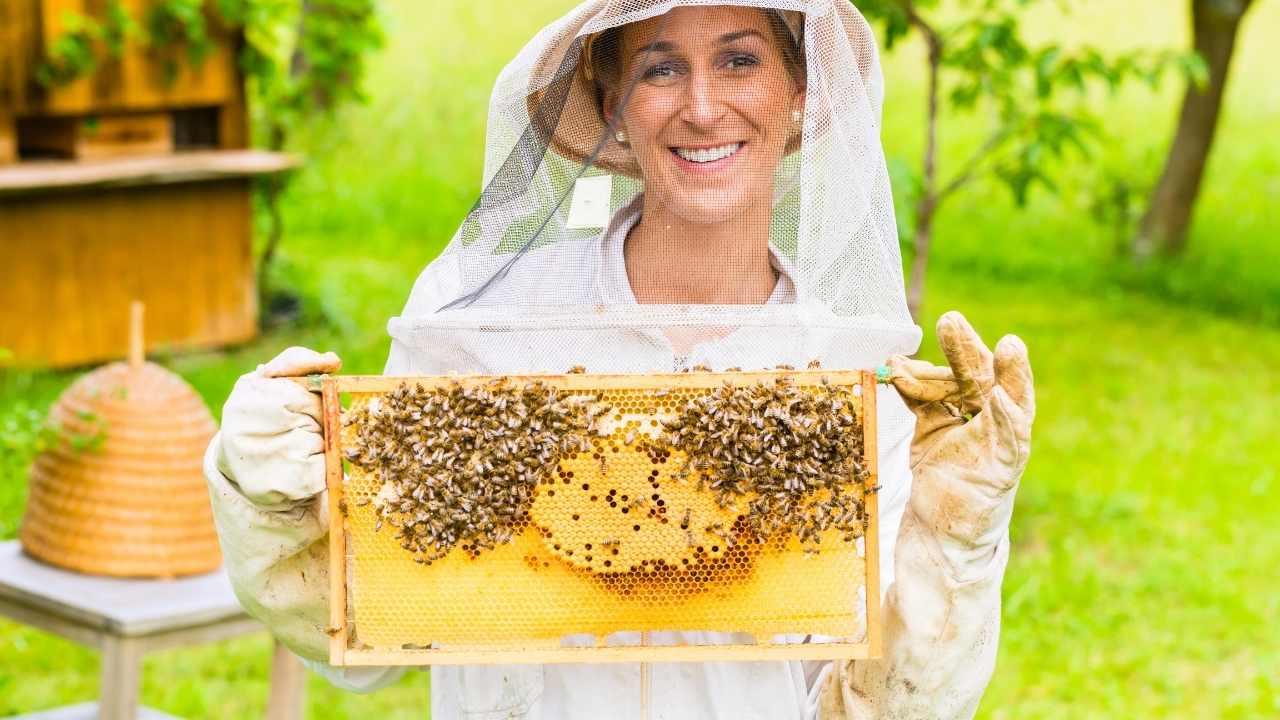
Conclusion
Congratulations! You’ve learned about Bee Local, a great initiative that could help you discover and appreciate the native bee species in your area. By supporting these bees, you are not only helping to preserve their populations, but also contributing to the health of our ecosystem as a whole.
Imagine for a moment if we didn’t have any bees to pollinate our crops or flowers. It’s hard to fathom, but this could be our reality if we don’t take action now. By participating in Bee Local, you can make a difference and ensure a brighter future for all of us. So why not give it a try? Who knows what amazing discoveries await you when you start exploring the world of native bees!

Roger Thomas is a seasoned beekeeper and hive architect with a deep-seated passion for sustainable living. His fascination with bees has shaped his professional career, giving him practical and theoretical expertise in bee behavior, colony health, and optimal hive conditions. Roger’s technical skills shine in his bespoke hive creations that cater to the specific needs of diverse bee species, while his sustainable practices promote environmental balance and the wellbeing of the bee population.
As he continues his journey in beekeeping, Roger has become a dedicated advocate for responsible practices and an insightful educator in his field. His posts aim to inspire new beekeepers, underline the importance of sustainability, and showcase the remarkable contribution bees make to our ecosystem. Roger invites you to join him as he delves into the world of bees and the rewarding, honey-sweet art of beekeeping.


